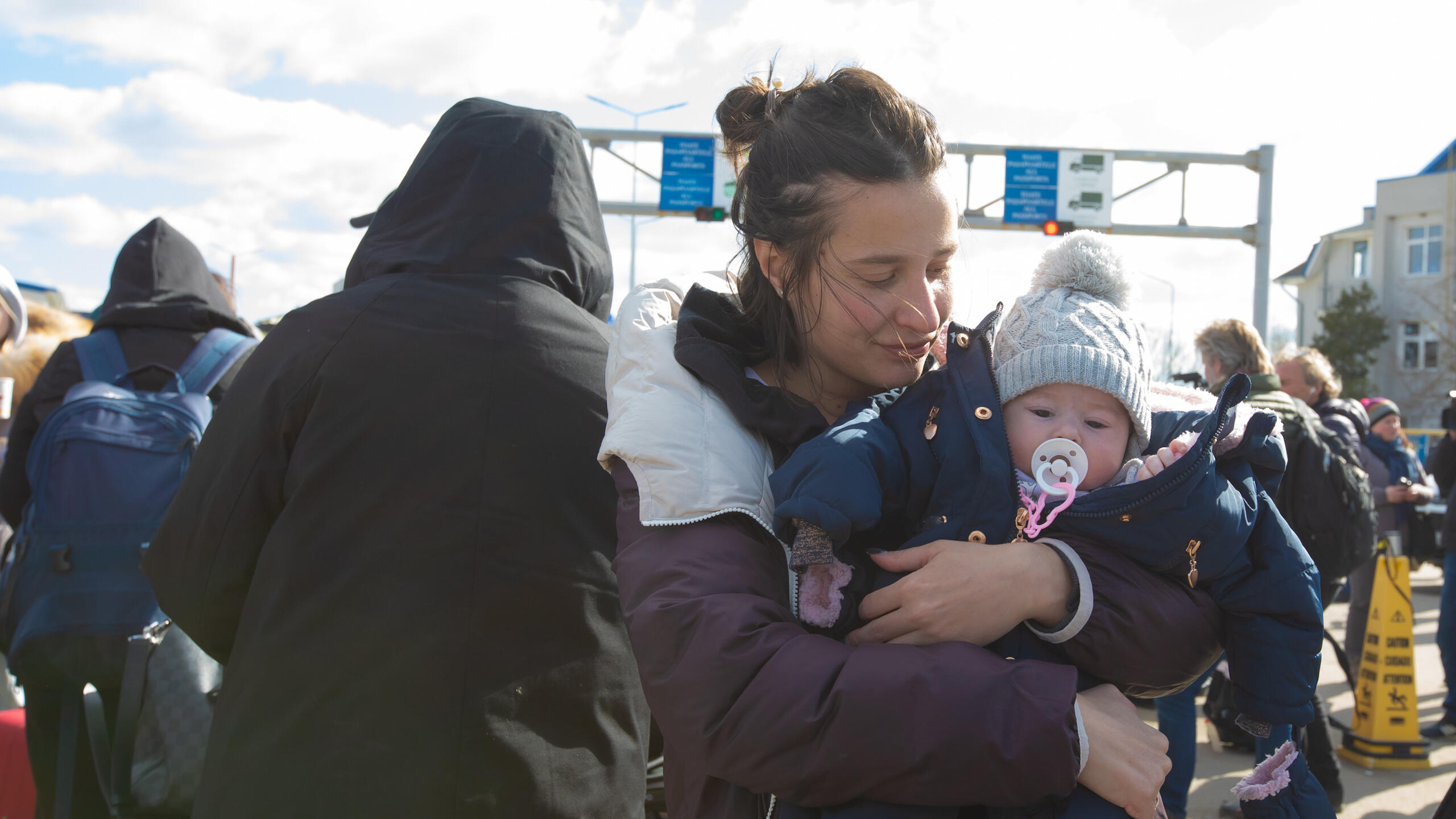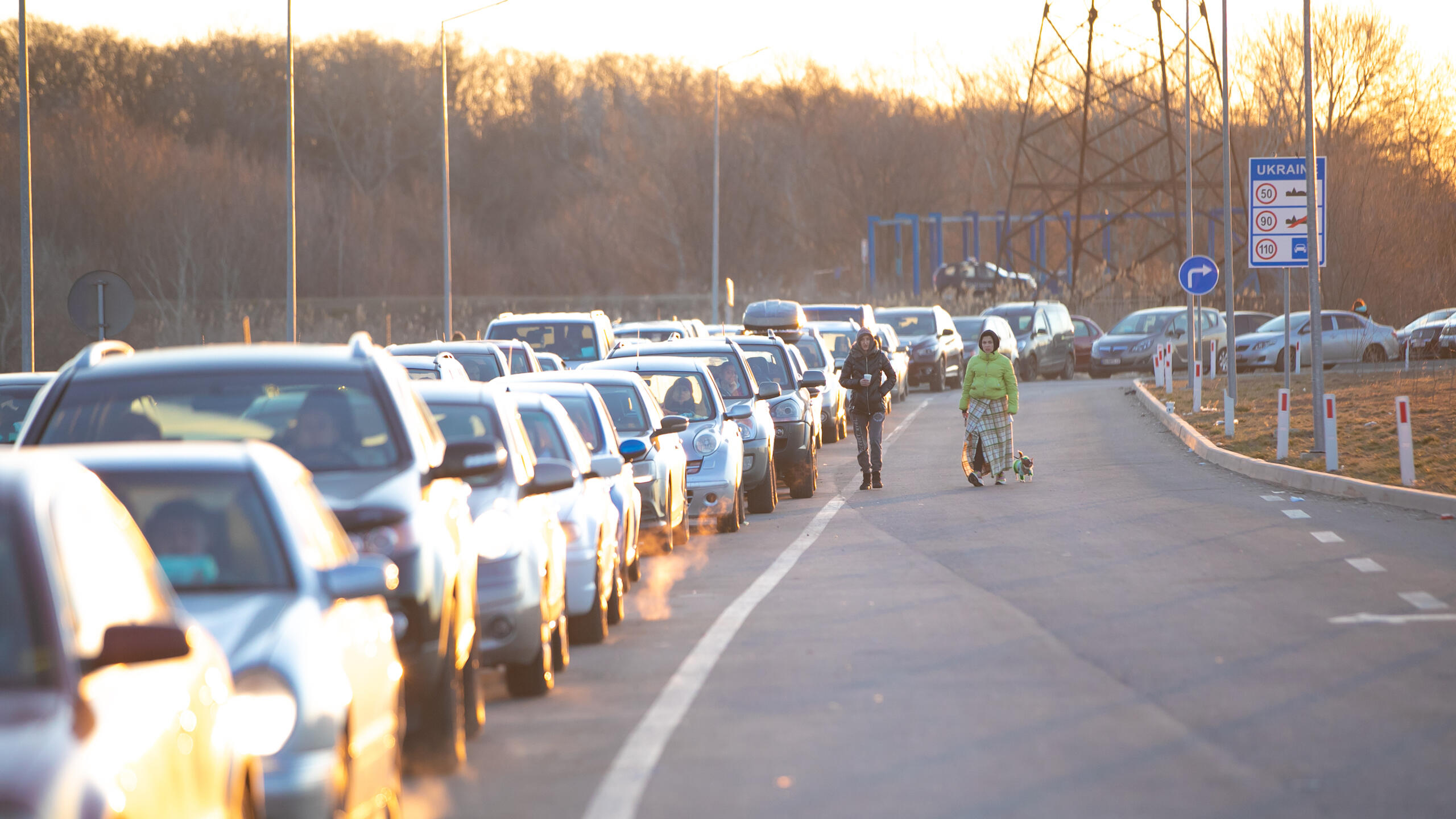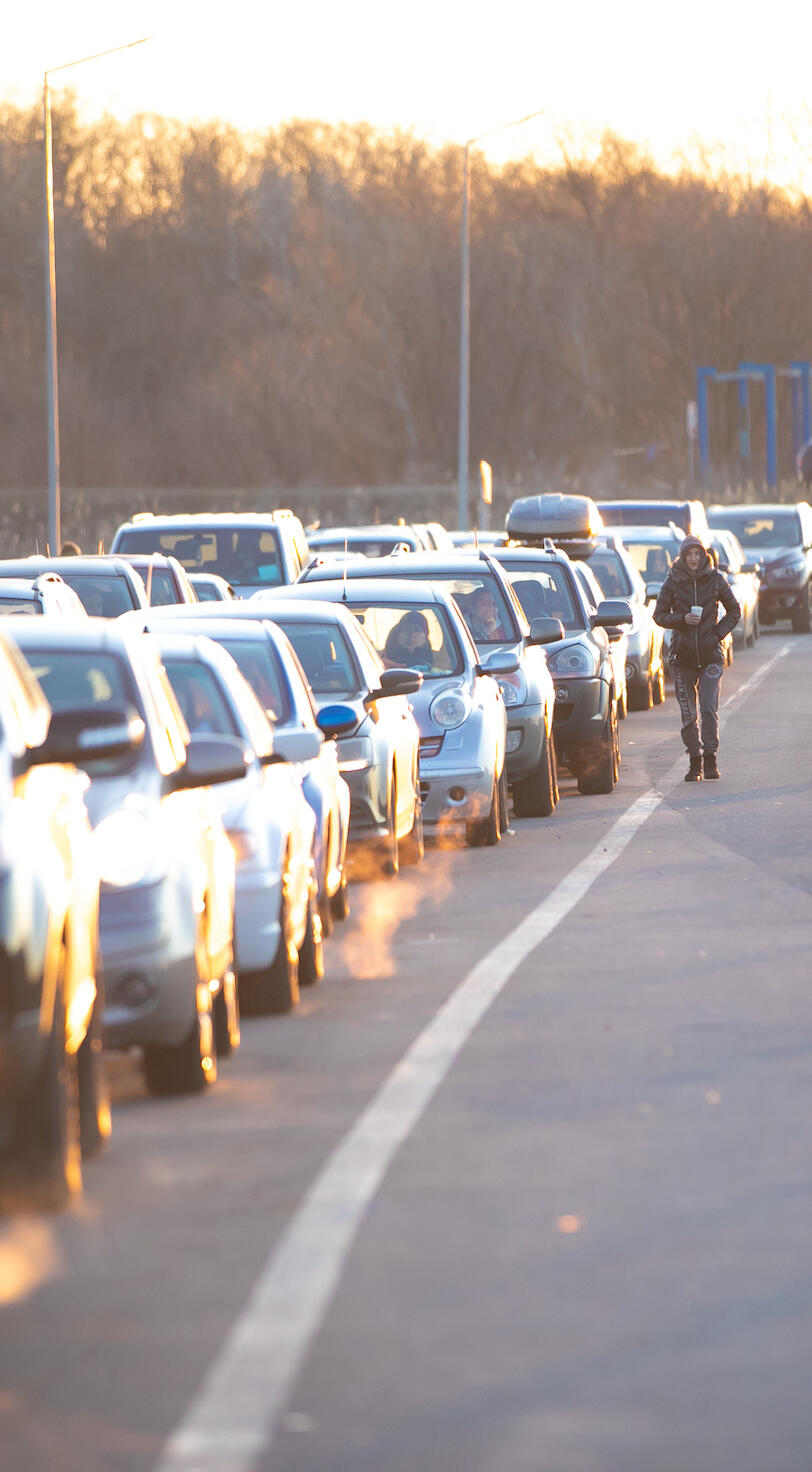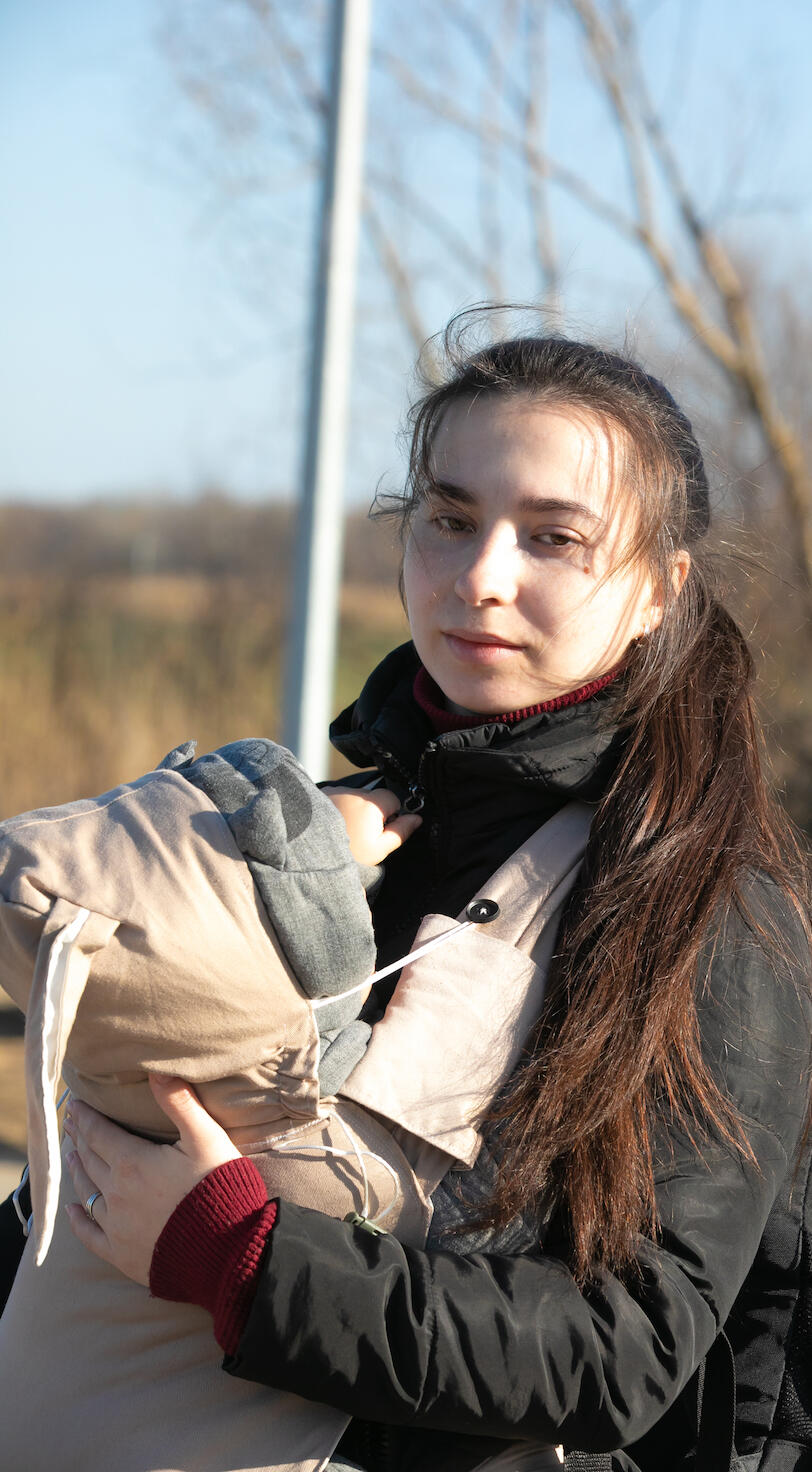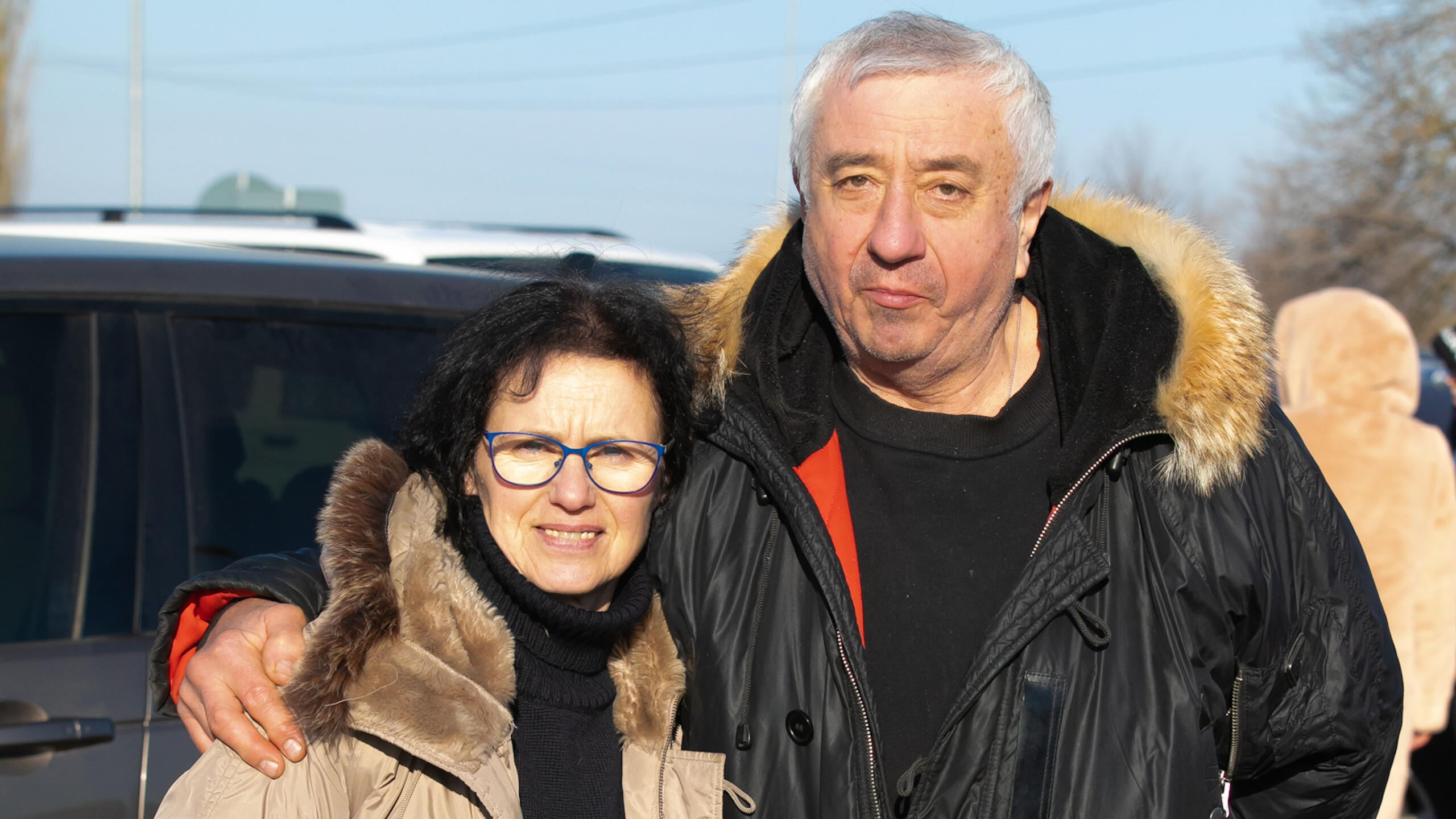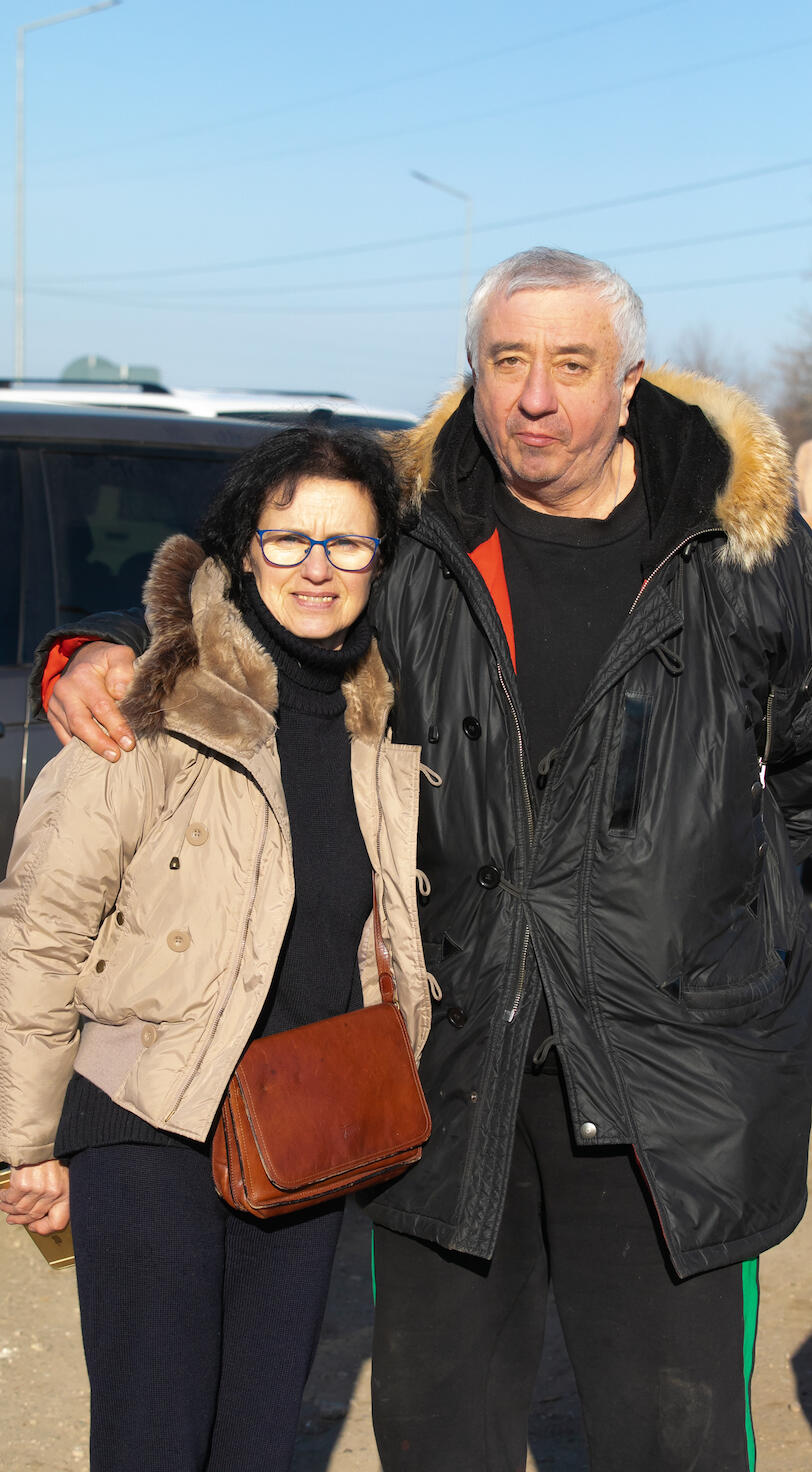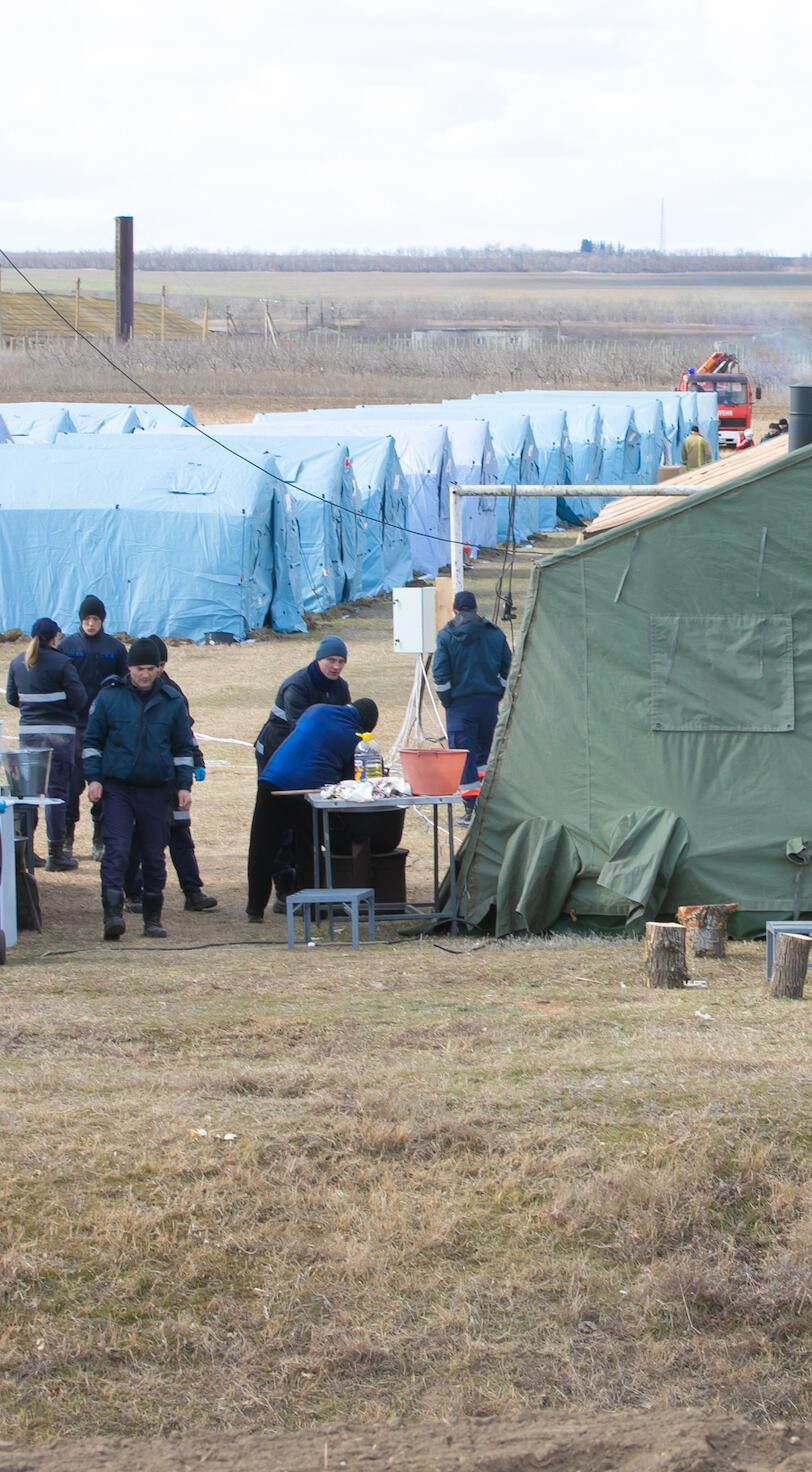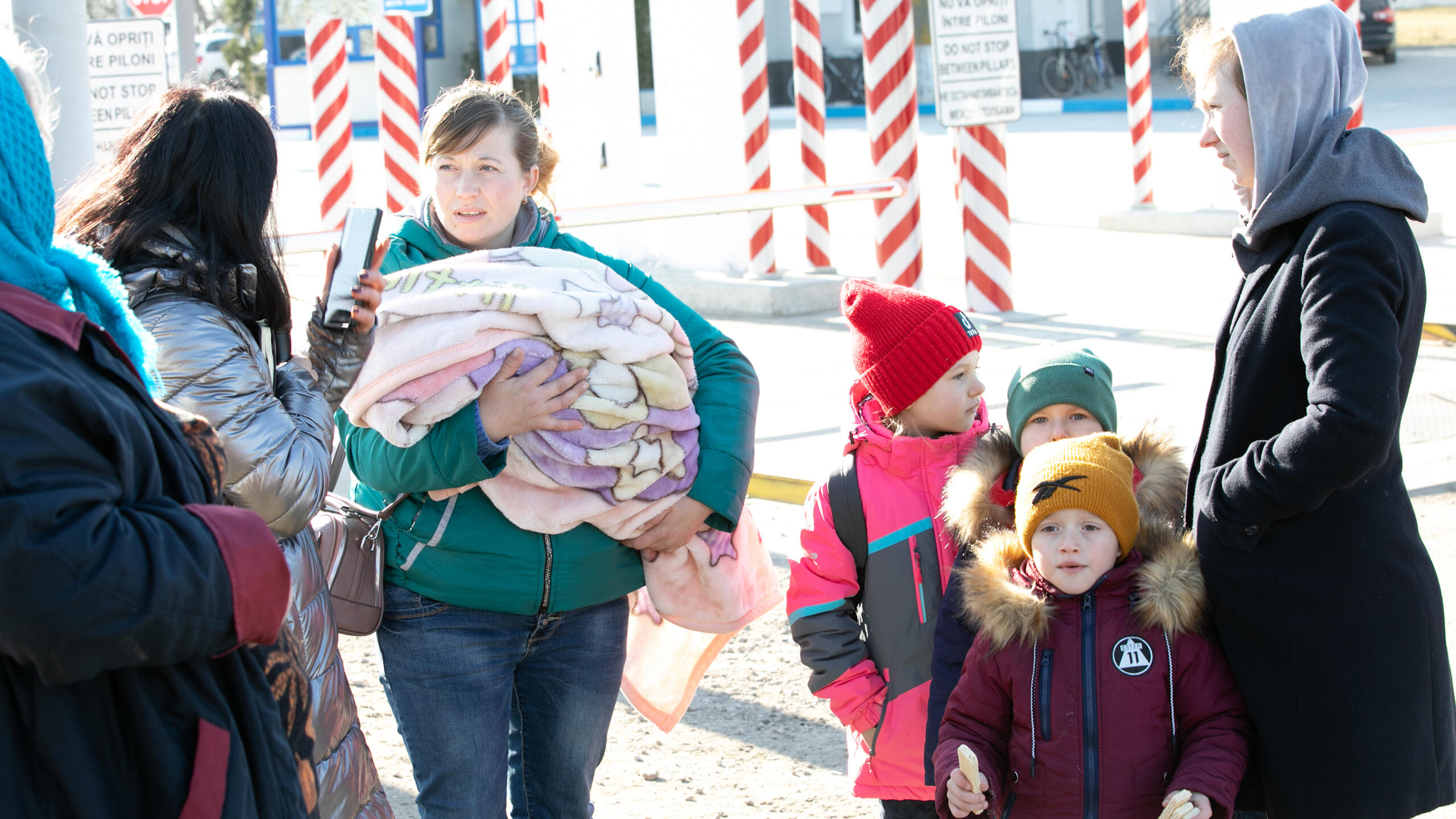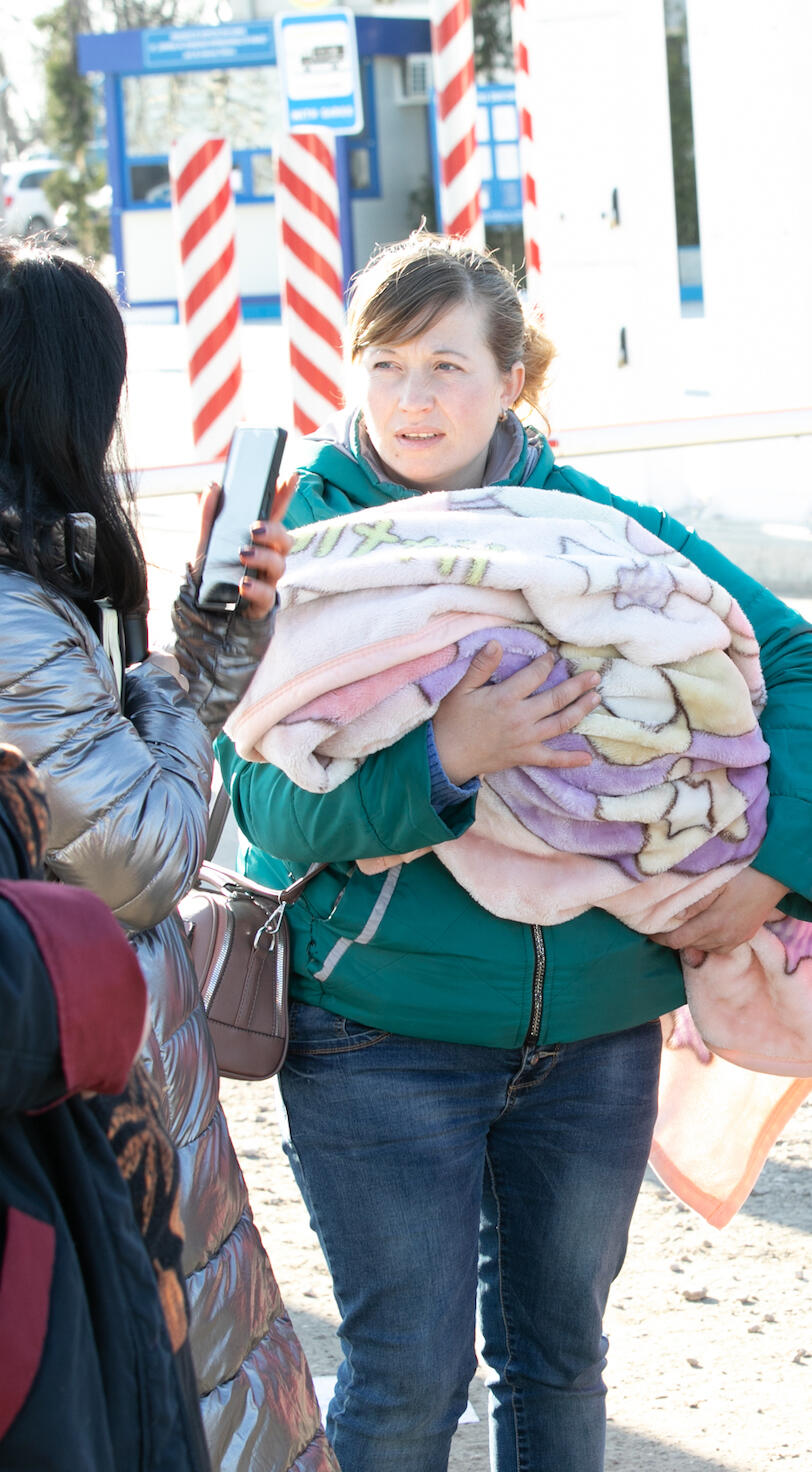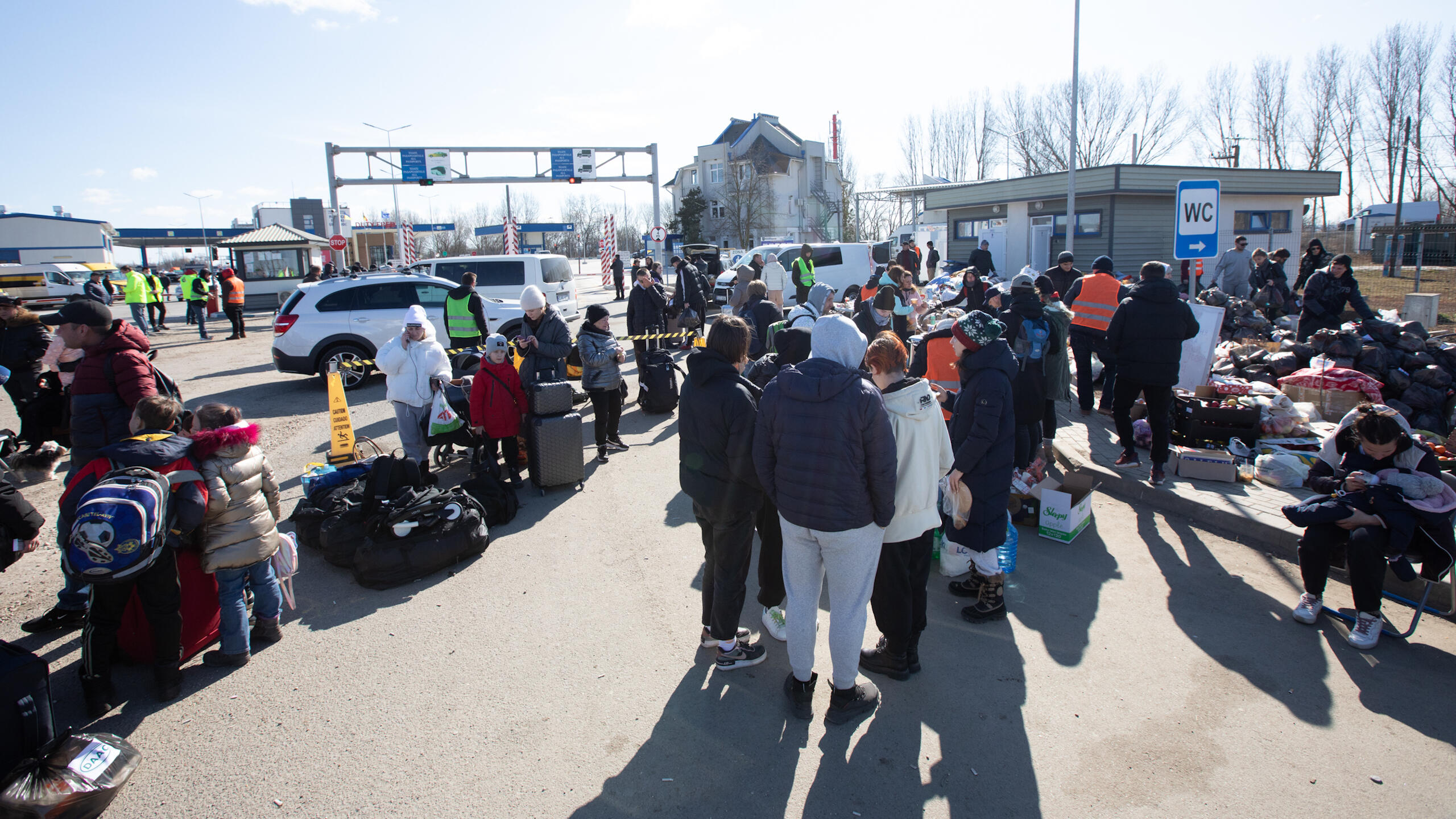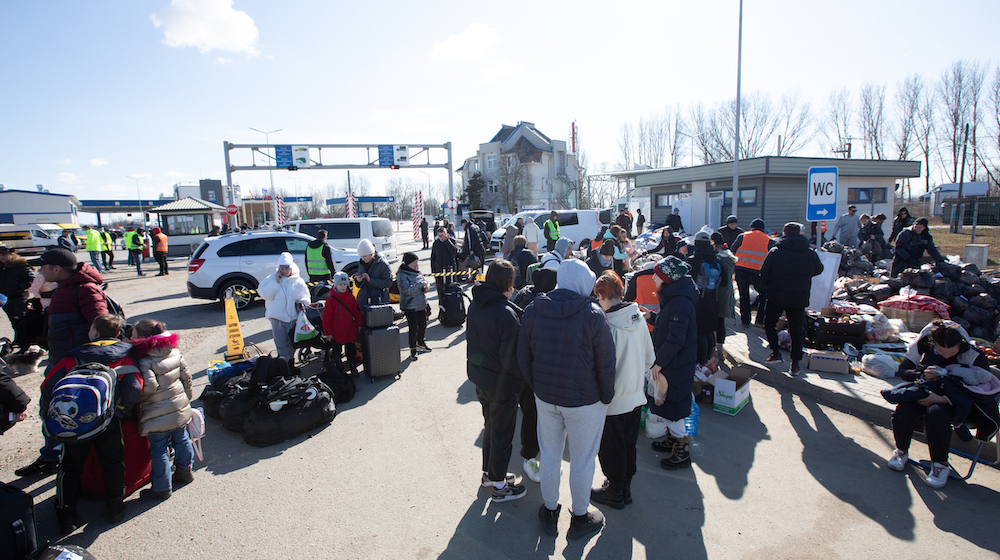More than 500,000 people (updated figures here), largely women and children, have streamed into neighbouring countries to escape the hostilities brought about by the Russian Federation’s military offensive. The figure is rising exponentially, according to the office of the United Nations, and could reach into the millions in a matter of weeks.
At the Palanca crossing point near the Moldova-Ukraine border, crowds began assembling at 6 a.m. before sunrise. Border Police and volunteers were there to assist the many women and children leaving Ukraine with food and supplies.
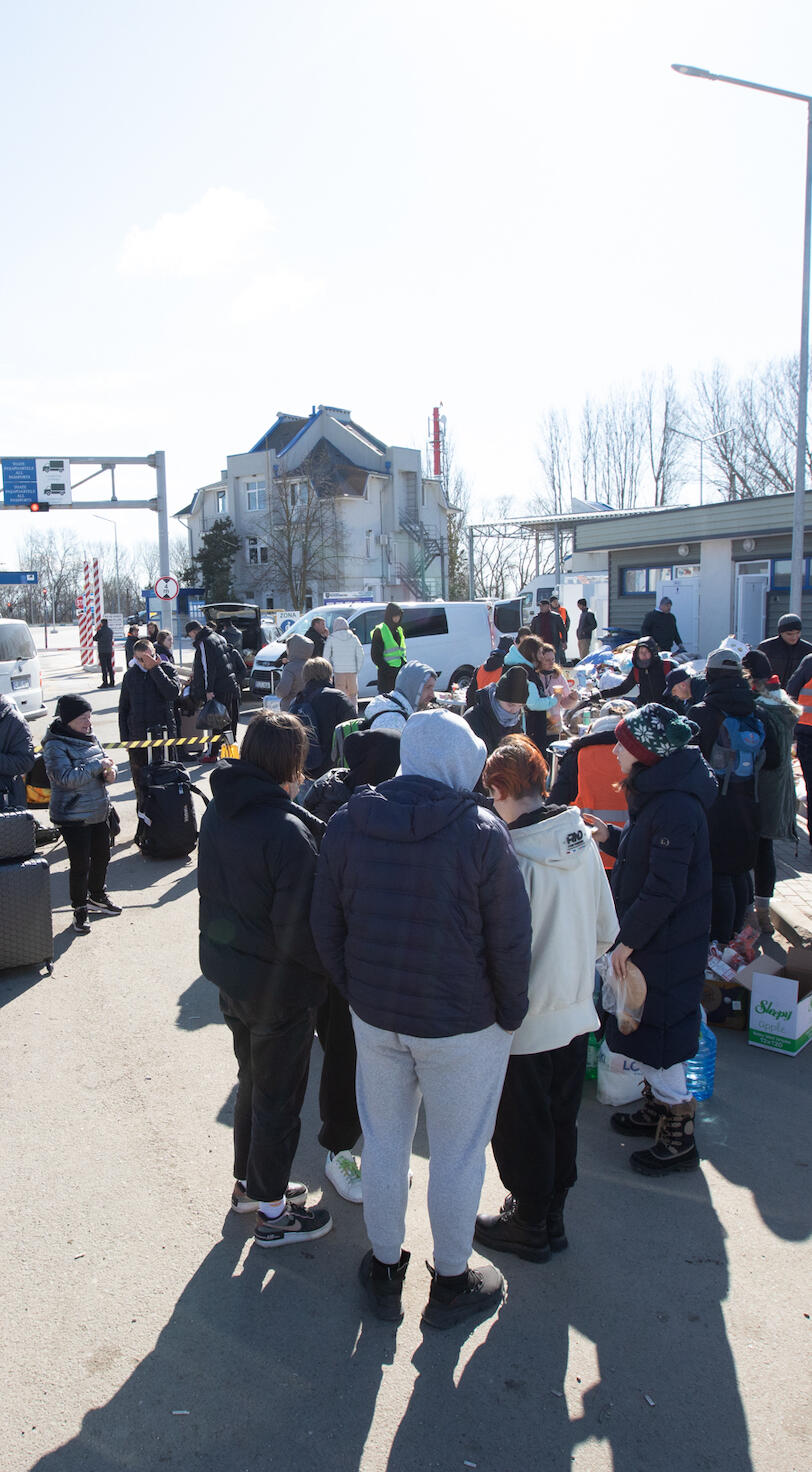
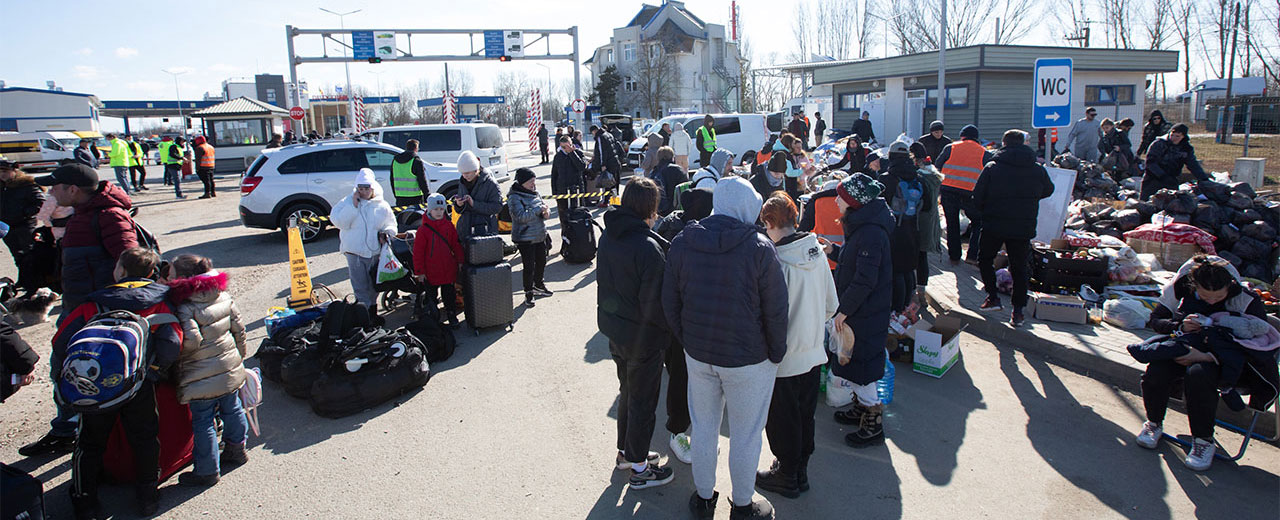
In #Moldova, where @UNFPA is on the ground at the border with #Ukraine, we are making sure the needs of refugee women are met. See some of their stories and what you can do to help our ongoing response: unf.pa/ict #WithRefugees
